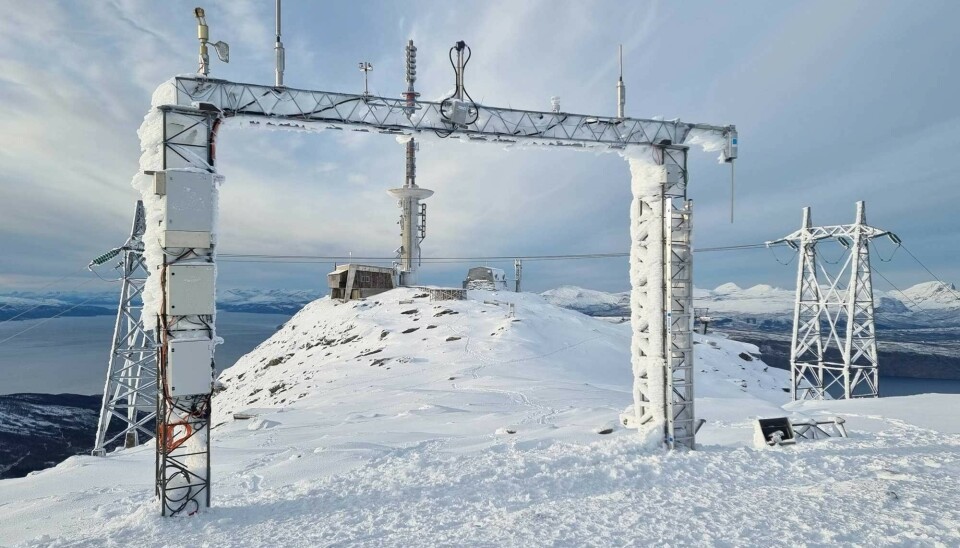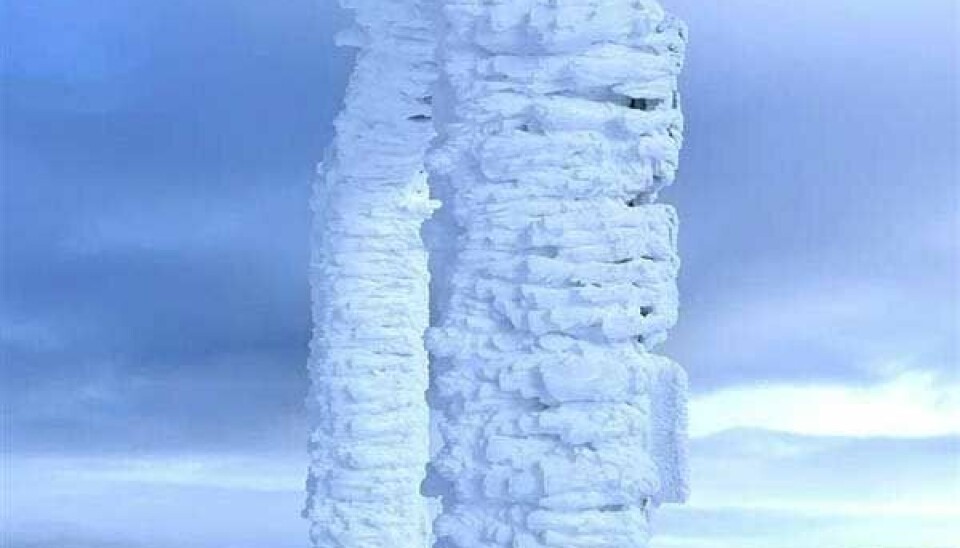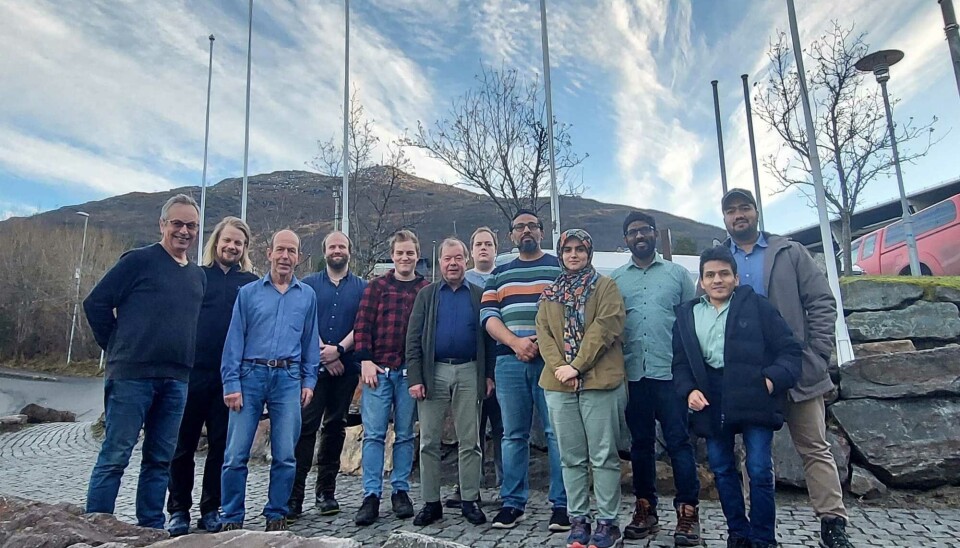
Better understanding of icing is important for industry in the High North
Human activities are increasingly extending into the High North, where formation of ice on buildings and other infrastructure can be a challenge from operational, maintenance, safety, and financial perspectives. A new ice monitoring field station near Narvik will help researchers address the issue.
By: Espen Viklem Eidum // UiT The Arctic University of Norway
“It is important to better understand structural icing and develop new technological solutions to combat icing,” says Professor Muhammad Virk, icing researcher and leader of the icing station project.
A research team (arcICE) from UiT The Arctic University of Norway has installed an advanced ice monitoring field station at Linken/Fagernesfjellet in Narvik to study the complex meteorological parameters related to structural atmospheric icing. This scientific setup is unique in its kind, as no other such field station for studying icing exists in Norway.
“I haven’t seen anything like this icing station anywhere in the world,” says Svein Fikke, an internationally known expert in the icing field.

To better understand icing on structures, it is essential to know the type, frequency, severity, and duration of icing events. The severity of icing events varies depending on local weather conditions. In particular, the site altitude compared to the average height of the terrain has a great effect on the severity of icing. Climate change has also started to have an influence on icing cycles. Stronger weather variability and rapid changes in meteorological conditions, which are projected responses to climate change, affect the ice accretion on structures.

Various advanced sensors are installed at this field research station site, where they collect meteorological data, such as wind speed and direction, air temperature, atmospheric humidity, and air pressure. In addition, the sensors also collect data about liquid water content in air, droplet size, icing load, icing intensity, etc. The station is installed at about 1000 m altitude in extreme weather conditions near Narvik, above the Arctic Circle in northern Norway. This location is highly suitable for studying extreme icing events.
Data collected from this field station will help us to better understand the meteorological parameters leading to complex icing events and thus improve our ability to forecast icing events and estimate the possible ice loads on different structures. This knowledge will help improve the design and safety of structures in ice-prone regions. Such structures may include power transmission lines, railway infrastructure, bridges, communication towers, roads, wind turbines, buildings, and drones. That, in turn, means money saved for business – and society.
“With the icing station, we are giving external actors an opportunity to collaborate with UiT to test, for example, weather sensors under extreme conditions.”Muhammad Virk, UiT The Arctic University of Norway
“What we have achieved here wouldn’t have been possible without the effort put in by everyone on the team that established this icing station. I want to thank them all very much,” says Professor Virk.
This article is originally published by Fram Forum














